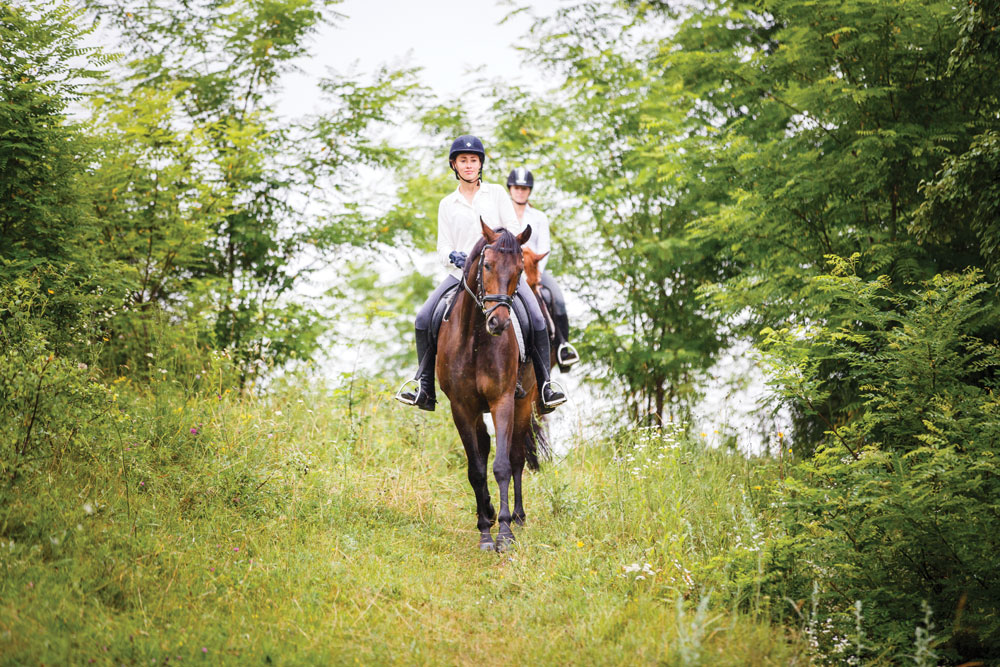
Few things can ruin an otherwise pleasant trail ride like a horse that just won’t walk. If you’re frequently faced with an utter refusal to move forward, an outbreak of the jiggity-jogs or a prancy dance all the way home, then you already know that this habit is annoying. It’s almost enough to make you skip the trails and stay barn-bound. Fortunately, there are ways to help your trail horse achieve and maintain a nice walk. Here’s an overview of the three most common problems, with tips on how to fix them to have a calm trail ride.
Calm Trail Ride: Hopelessly Herd-Bound
Contributing Factors: Are you rather tentative when handling your horse? In general, do you lack confidence in the saddle? Are your rides—both at home and on the trail—missing a clear agenda? If you’re nodding “yes,” then your horse’s allegiance probably remains with his four-legged friends. You must prove you have the qualities necessary to be his herd leader.
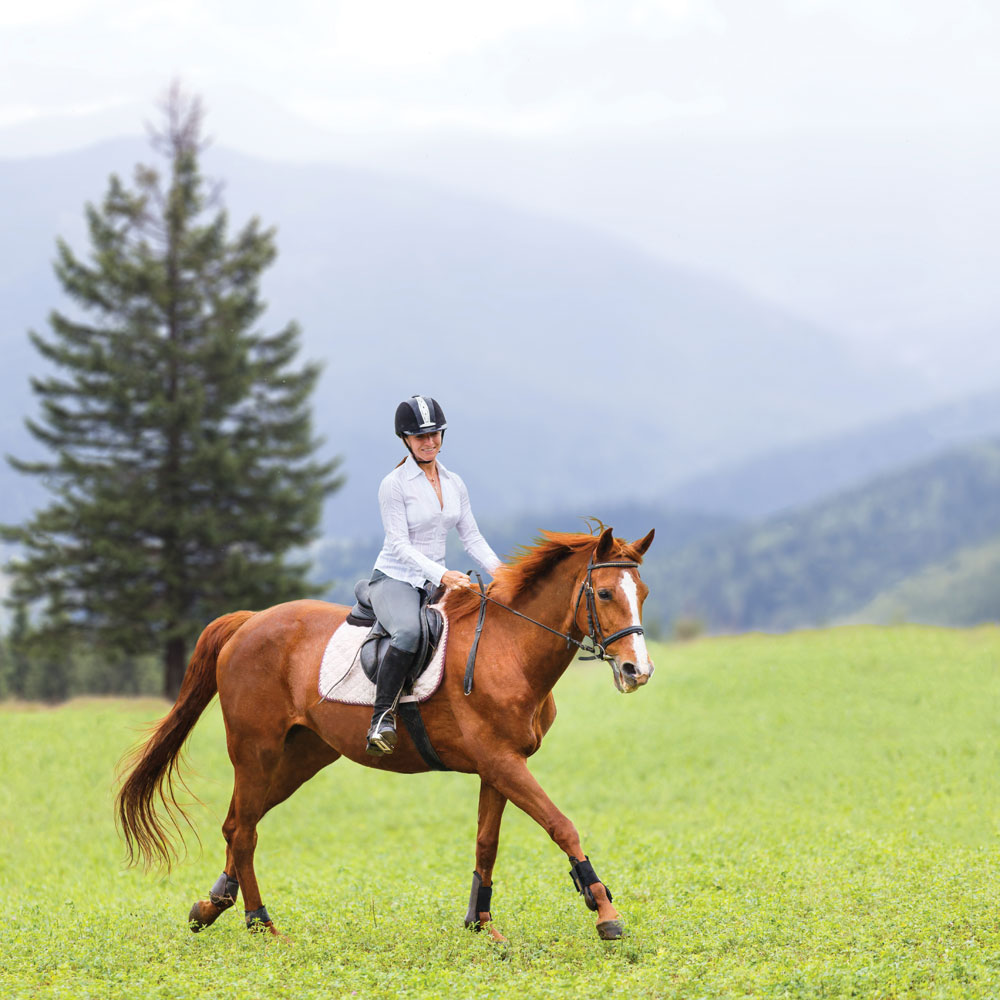
Training Tactics
- Practice structured exercises (in groundwork and under saddle) that require clear cues and accurate aids. Be consistent when you correct your horse; reward him the moment he achieves a reasonable objective. These interactions will help to establish you as your horse’s leader.
- Instead of orchestrating another major showdown, venture away from home in small increments. For example, begin your ride away from the barn, but then put your horse to work on a large circle. Send him forward with soft hands and strong legs. As you meet with success, increase the circle’s size and travel further down the trail.
- Whenever possible, trailer your horse away from home. Trails in an unfamiliar environment eliminate the visual allure of leaving herd mates behind. Your horse will learn to function independently of his herd and focus more on you.
The Mid-Ride Meltdown
The typical mid-ride meltdown happens when you’re several miles from home, and it goes something like this: Your trek on the trail was uneventful until you crossed paths with an unfamiliar horse or paused to readjust your tack. Then your horse goes temporarily insane. He begins to dance sideways, almost cantering in place. When you try to steady him by taking up more contact, he tosses his head and leaps upward like a Lipizzan doing airs above ground—repeatedly.
Contributing Factors: Excess equine energy has ruined many a trail ride. While your horse may have lazily poked along for much of your ride, seemingly innocuous stimuli—or a brief break in the ride’s humdrum routine—can unleash a whole bunch of silliness.
Training Tactics
- Horses aren’t great multitaskers. Use that to your advantage. If you can reconnect with his brain and get him to bend around your leg in a small, soft circle (as opposed to cranking his neck to one side and spinning his body), you’ll likely interrupt his current case of the yahoos.
- If you can’t extinguish the outburst of energy, then control its direction. Find a level area and put him to work on a small circle, preferably at a forward trot. Don’t stop until he’s willing to settle down and behave.
- Remain calm. Mid-ride meltdowns are usually short-lived and transitory. Focus on gaining your horse’s attention and controlling his direction. Once you become frazzled, and your demeanor becomes that of a passive rider, you’re feeding into his burst of adrenaline and allowing his silliness to flourish unchecked.
Basically Barn Sour
Much like homing pigeons, horses have an uncanny sense of direction. They seem to know when they’re heading home. Who can blame them? “Home” represents friends, food, comfort and security. Even the best trail horses walk with a tad more zest to their step on the way back to the barn. Problems ensue when that sprightly walk erupts into an unrecognizable jumble of several frenetic gaits.
Contributing Factors: Repeatedly riding the same trail, especially if it’s one big loop, encourages barn sour behavior. Your horse soon recognizes landmarks that signal he’s getting closer to where he really wants to be.
You could also be reinforcing the Hurry Home effect without realizing it. If you immediately untack, give him access to his herd mates, or stuff his feeder upon your return, you’re providing positive rewards that exemplify just how fabulous it is to be back at the barn.
Training Tactics
- Give your horse the option of walking or working. The moment he jig-jogs, trot or canter in several large circles. If the footing is questionable, work him on the trail in the opposite direction. Then ask him to walk again. As long as he behaves, he can continue. If he revs up again, put him back to work.
- Resist the urge to shorten the reins and hold onto your horse’s mouth. A barn sour horse will always win a tug-of-war. Instead, use a series of half-halts to slow him to a walk, and soften the reins as soon as he complies.
- Consider putting your barn sour horse to work when he gets home. Spend a few minutes in the arena or the round pen before you truly end your ride. It will make the barn seem a bit less glamorous and reinforce the notion that you’re the one who gets to plan the agenda.
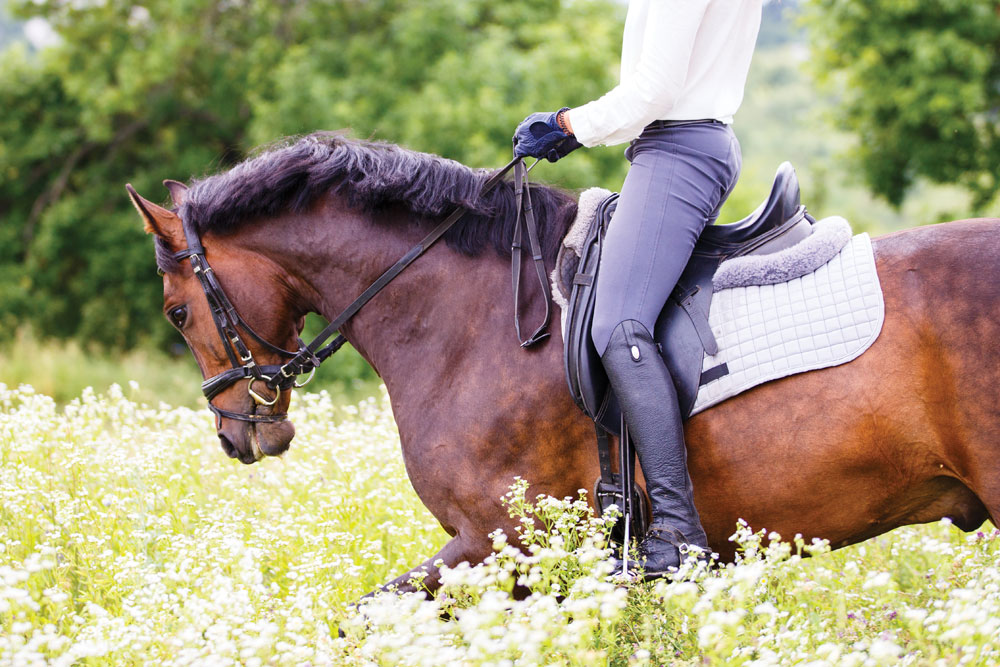
5 Steps Toward a Calm Trail Ride
The best way to deal with a horse that refuses to walk is to prevent the problem from developing in the first place. Consider these five suggestions.
- 1. Use the Arena: Practice regulating your horse’s speed and influencing the movement of his body in an arena before you expect to do so on the trail. If you don’t have access to an actual arena, a flat, open area with good footing will do just fine.
- 2. Choose More Schooling, Not More Tack: Neither a harsh bit nor a short tie-down will magically fix a horse that refuses to settle down and walk. In fact, both can restrict a hectic horse to the point that he rebels by focusing his energy forward (bolting) or redirecting it upward (rearing). Instead, school your horse to respect your aids and trust your decisions.
- 3. Don’t Train a Racehorse: There’s nothing inherently wrong with cantering on trail rides. Yet if you frequently incorporate furious sprints or match races against your barn buddies, guess what? Your horse will begin to anticipate the moment when he’s allowed to impersonate Secretariat.
- 4. Take the Scenic Route: Choosing the long way home makes the trip back to the barn less predictable, especially if you double back in the opposite direction every now and then. It also reinforces the concept that you’re the one charting the ride’s course.
- 5. Don’t be a Martyr: Some horses take their anti-walking issues to the extreme. If your attempts at correcting them result in equine temper tantrums, seek help from a local professional who has experience addressing your horse’s specific issue. Allow them to help your horse develop a relaxed and reliable walk on the trails.
This article about having a calm trail ride originally appeared in the August 2018 issue of Horse Illustrated magazine. Click here to subscribe!

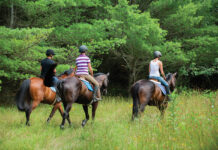
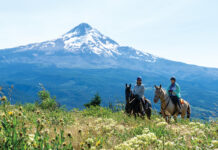
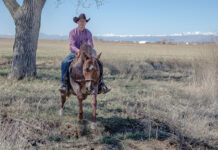
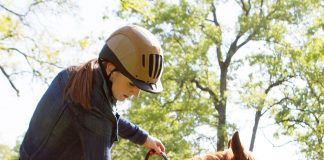

Your description of the quiet trail ride gone haywire is so accurate and its comforting to know that I’m not the only one.
I was encouraged to read that solutions lie in putting them to work (circles, figure eights, etc..) both on the trail and in the arena which I’ve been doing.
What’s most difficult to understanding is whether the behavior is a reaction to deer/fox (fear) or just being headstrong buddy/barn sour.
I have a greater concern for the later as the the battle goes on much longer when it is just wanting to go back to the barn.
Does having a third animal on the property change the dynamics at all ?